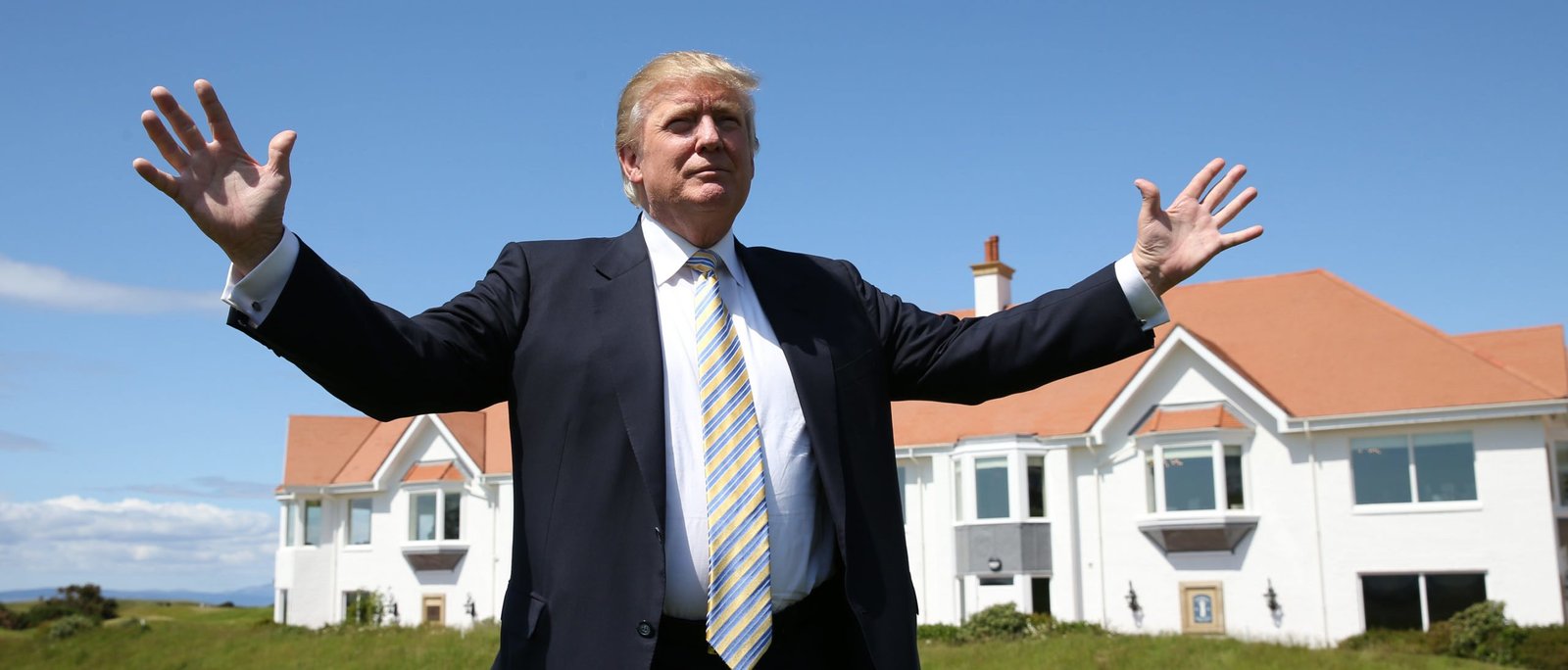At a campaign event in Pittsburgh on September 2, 2024 Democratic candidate Vice President Kamala Harris Claimed Former President Donald Trump, a 2024 Republican candidate, wants to impose a nationwide sales tax on everyday items, which would cost the typical American family about $4,000 a year.
Verdict: No evidence
According to multiple sources and comments from numerous experts, studies vary in their estimates of the economic impact of President Trump's tariff proposals.
Fact check:
Historian and election forecaster Alan Lichtman recently predicted that Harris will win the 2024 presidential election. The Hill.
During her campaign, Harris argued that Trump wanted to impose a nationwide sales tax on everyday items, which would cost the typical American family about $4,000 a year.
“He's effectively imposing a national sales tax, what I call the Trump national sales tax on everyday products and basic necessities, which economists say would cost the typical American family about $4,000 a year,” Harris said.
The claim is baseless, and Harris appears to be referring to President Trump's tariff proposals. American Action Forum research article, June 2024President Trump has proposed imposing a 10% tariff on “all imports into the United States,” “which would result in an estimated average additional cost of $1,700 to $2,350 per year per American household,” according to the article. President Trump has also proposed imposing a 60% tariff on imports from China, “which would increase household costs by $1,950 per year,” according to the article.
Similarly, in an August 2024 article, Peterson Institute for International Economics (PIIE) The institute noted that President Trump has proposed imposing a 60% tariff on imports from China and a 10% tariff on “imports from all other countries.” Additionally, the institute noted that President Trump has recently considered imposing tariffs of up to 20% on “most imports.” The institute calculated that a 60% tariff on imports from China and an additional 20% tariff on most imports would “cost the typical U.S. household in the middle of the income distribution more than $2,600 a year.”
Center for American Progress (CAP) In an August 2024 article, we also calculated the economic impact of President Trump's proposed tariffs. Trump's proposed 10% tariffs on most imports, combined with a 60% tariff on Chinese imports, would ” A $2,500 annual tax increase Similarly, President Trump's proposed 20% tariffs on most imports and 60% tariffs on Chinese imports would add up to a $3,900 tax increase for a middle-income family. CAP puts these two figures as:[assuming] Imports from China will be subject to a 40% tax on top of the 20% tariff imposed on all imports.” (Related: Kamala Harris says Trump and his allies will implement abortion bans and restrict access to birth control if re-elected)
A Harris campaign spokesperson referred Check Your Facts to the CAP article, saying, “CAP Action Fund's analysis of Trump's tariff proposals found that they would increase costs for the typical household by $3,900.”
Similarly, PolitiFact PolitiFact fact-checked Harris' claim, which she also made in her acceptance speech at the 2024 Democratic National Convention, and reported that studies vary on the specific economic impacts of Trump's tariff proposals. In addition to citing the same figures from the American Action Forum, PIIE and CAP, PolitiFact also cited figures from the Urban Institute/Brookings Institution's Tax Policy Center.Projected The 10% and 60% tariffs Overall decline The average after-tax income of an American household would increase by about $1,800.”
Several experts offered their views on Harris' claims on “Check Your Fact.”
Brendan DukeThe senior director of economic policy at the liberal Center for American Progress told Check Your Facts that Harris's claims were based on his own research.
“Harris's allegations are my own CAP Action Research “We found that if you put a 20% tax on all imports and then put a 60% tax on all imports, the average family would pay $3,900 in taxes,” Duke explained, citing the same article that a Harris campaign spokesperson had shown to Check Your Facts.
“That's a reasonable way to describe Trump's proposals: Tariffs are taxes on consumption, just like sales taxes. With both sales taxes and tariffs, consumers don't mail checks with taxes to the government; retailers do. But economists typically believe that consumers bear the bulk of the tax burden. The size and sweeping nature of Trump's tariffs make them more akin to a sales tax than other tariffs like those of the previous administration,” he added.
Brian RiedlHarris, a senior fellow at the conservative Manhattan Institute, said Trump “misrepresented” details of his tariff proposal.
“While President Trump's new tariffs will cost households, it's not accurate to call them a 'national sales tax' because they only target imported goods and are structured slightly differently than a sales tax. And the liberal Center for American Progress estimates the cost per household would be: $1,500“Instead of $4,000, it's $100,” Riedl explained, citing a March 2024 article by CAP about President Trump's tariff proposals.
“Trump's tariff proposals would be incredibly devastating and costly for families, but Harris misrepresented the details,” he said.
Asked about the difference between the figures released by CAP in March 2024 and August 2024, Riedl said it depended on whether the proposal for a 10% tariff or a 20% tariff was considered “official.”
“It depends on which Trump proposal counts as 'official.' Initially it was a 10% global tariff, but then Trump has hinted at perhaps 20%. Which number you use depends on which campaign proposal you consider to be the official one. I've stuck with 10%. The 20% number seems more of a hint than an official number, but the truth is with Trump, no one knows,” he explained.
Dean BakerHarris, a senior economist at the liberal Center for Economic and Policy Research, said his figure is “within range” of other estimates.
“This number is within the range of estimates from the Peterson Institute and others and is reasonable in my opinion, but President Trump has not laid out a clear plan and the impact could vary widely depending on what he ultimately decides to implement,” Baker said.
Scott LincicomeHarris, vice president of the libertarian Cato Institute's Center for General Economics and Stifel Trade Policy, said that while the numbers may change, his point is fundamentally correct.
“American consumers would see significantly higher prices for the goods they buy, whether they're produced overseas or domestically,” Lincicome said of Trump's tariff proposals. “You can argue about the numbers, but the basic thrust of her message is 100% right,” he added.
Check Your Fact has also reached out to a spokesperson for President Trump for comment.
















